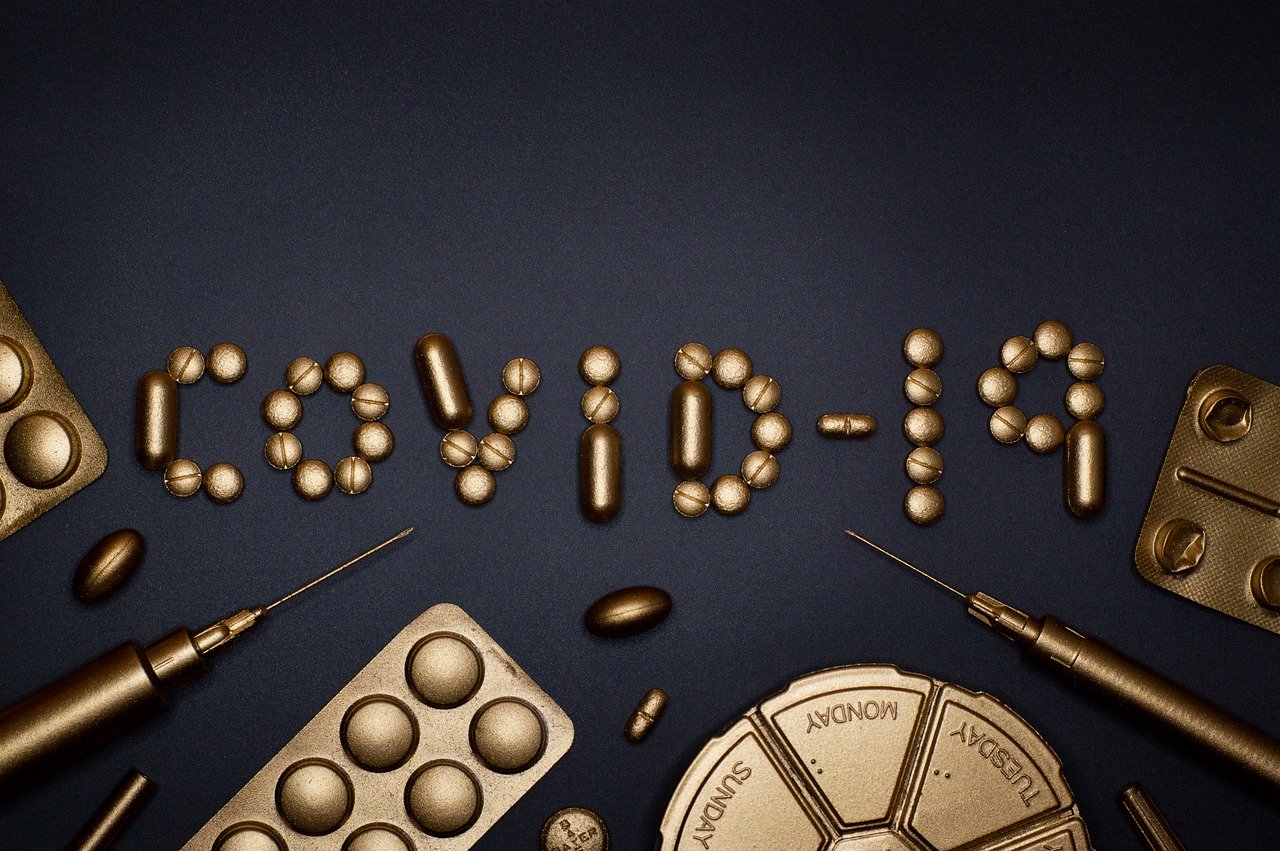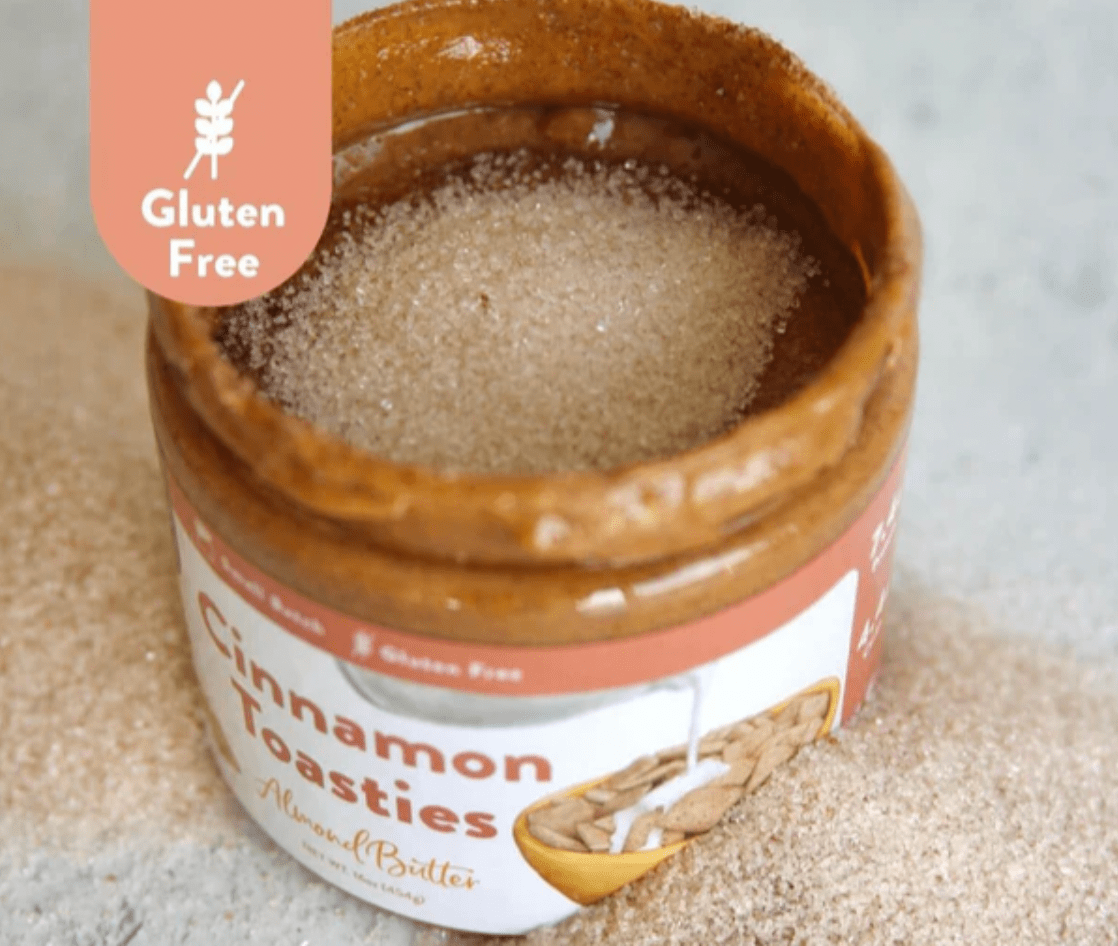Health
Demand in Addiction Treatment Spikes During COVID-19 Pandemic

Since the beginning of the COVID-19 pandemic in early 2020, we have seen a dramatic rise in addiction and the subsequent need for treatment across America. According to a poll by the Kaiser Family Foundation, almost half of all Americans currently believe that the pandemic is harming their mental health.
This has led to a 1,000 percent increase in the number of calls received by a federal emergency hotline in April 2020 when compared to the same month last year. The hotline, run by the Substance Abuse and Mental Services Administration, saw 20,000 people text the number in April alone.
Talkspace, an online therapy company, has also reported a 65% spike in clients since the middle of February, around when the Coronavirus started making significant headway across America and Europe.
Co-founder and CEO of Talkspace, Oren Frank, told the Washington Post: “People are really afraid. What’s shocking to me is how little leaders are talking about this. There are no White House briefings about it. There is no plan.”
Similarly, Telehealth virtual visits increased by 50% in March alone, including addiction treatment services.
Frank also revealed that the rise in demand for services such as his own followed almost exactly the same rise as the virus itself across the United States.
Experts have analysed the patterns shown after economic downturns, terrorist attacks, and natural disasters and have subsequently predicted a continued spike in overdose deaths and substance abuse.
Meadows Mental Health Policy Institute hypothesized that an additional 4,800 people could lose their lives due to overdoses due to the current pandemic.
In the face of such a clear and alarming rise in mental health issues and a dependence on substances such as alcohol and drugs, the government advice is to continue treatment wherever possible.
Despite this, the United States federal substance abuse and mental health agency revealed in May that only 1 percent of the desired funding had been granted to them.
The Substance Abuse and Mental Health Services Administration issued the following statement: “For those with substance use disorders, inpatient/residential treatment has not been shown to be superior to intensive outpatient treatment. Therefore, in these extraordinary times of risk of viral infection, it is recommended that intensive outpatient treatment services be utilized whenever possible.”
What is even more worrying is that, like the vast majority of businesses, treatment facilities are also struggling in the current financial climate.
In May, 57% of surveyed organizations in North Carolina revealed that they had already been forced to close one of their programs due to financial constraints. 27% had laid off staff and 43% precited that they would have to close altogether by June.
As the issue of addiction continues to spiral out of control with sufferers confined to their own homes and denied access to face-to-face treatment, the demand on what few services remain seems to be unstable.
It remains to be seen whether the US government diverts further funds to ease the strain on addiction treatment in the following months as the COVID-19 pandemic reigns on.
Health
Snack Smarter: The Rise of Low-Calorie Almond Butter for Active Lifestyles

The snack aisle is shifting. For those who balance a busy life with a commitment to health and fitness, the rise of low-calorie almond butter offers a new way to snack smarter. American Dream Nut Butter is at the center of this change, blending clean ingredients with dessert-inspired flavors and added protein to create almond butter that is both nutritious and enjoyable.
Why Almond Nut Butter Is Key to Clean Eating
As consumers become more mindful of their food choices, the spotlight is increasingly on nutrient-dense snacks that provide sustained energy without excess calories. Almond butter, especially in low-calorie varieties, meets this demand by offering a rich source of healthy fats, fiber, and protein in a compact form. Compared to traditional spreads, such as peanut butter, almond butter often provides a smoother, lighter alternative with a different nutritional profile.
For those who track macros or embrace meal prepping, almond nut butter fits neatly into their plans. Its balance of fats and protein supports satiety, helping to keep hunger at bay between meals or during workouts. American Dream Nut Butter elevates this concept with high-protein options that blend the wholesome qualities of almonds with a subtle sweetness inspired by classic desserts.
How Much Protein is in Low Calorie Almond Butter for High Performance?
One common question around almond butter is: how much protein does almond butter contain? While natural almond butter provides a moderate protein boost, American Dream Nut Butter takes it a step further by creating blends that enhance protein content without relying on artificial sweeteners or fillers. This approach suits those seeking fuel for recovery or sustained energy throughout their day.
These protein-enhanced almond butters can work as a pre-workout snack, a post-exercise treat, or simply as a midday pick-me-up that aligns with a health-conscious lifestyle. The brand’s small-batch production method ensures each jar maintains a fresh, creamy texture that spreads easily or drizzles beautifully over everything from oatmeal to fruit.
Buy Almond Butter: Unique Flavors from American Dream

American Dream Nut Butter distinguishes itself with unique flavor profiles, such as Cinnamon Toasties and Cookie Batter. These offerings embrace the idea that healthful snacks can still delight the palate, using clean, natural ingredients to create indulgent taste experiences without sugar bombs or artificial additives. Each batch is hand-whipped in-house, reflecting the brand’s commitment to quality and care.
Their dedication to natural flavors and nutrient density allows consumers to enjoy a dessert-inspired snack while keeping their wellness goals intact. Whether you’re looking to buy almond butter that tastes like a treat or are curious where you can find almond butter crafted with both nutrition and flavor in mind, American Dream Nut Butter offers an accessible option.
Almond Nut Butter: Fuel for Athletes and Busy Parents
Almond butter’s versatility makes it appealing for a wide range of active lifestyles. For athletes, it provides a balanced blend of nutrients that supports energy and recovery without unwanted additives. For busy parents or professionals juggling multiple demands, it’s a convenient, clean snack that fits into hectic schedules without compromise.
The brand’s YouTube channel offers video insight into how these nut butters are crafted, revealing the hands-on process that ensures quality in every jar. By choosing American Dream Nut Butter, consumers support a product that embodies family values and a personal story of overcoming dietary challenges to create wholesome alternatives that everyone can enjoy.
Where Can You Find the Best Almond Butter & More? The Future Is Here
The growing interest in low-calorie nut butter reflects a broader shift in how people approach snacking—valuing nutrition, flavor, and mindful eating in equal measure. American Dream Nut Butter’s approach, which combines protein-rich formulas with all-natural ingredients and enticing flavors, shows how almond butter, peanut butter, and cashew butter can evolve from a niche health food into a daily staple for those who want to snack smarter.
For more on the evolving nut butter market and how it aligns with fitness trends, check out this feature on the rise of healthy high-protein nut butter. To explore American Dream Nut Butter’s full collection and shop their almond butter selections, visit their website.
American Dream Nut Butter invites you to experience healthy nut butters that strikes a balance between enjoyment and mindful nutrition—perfect fuel for active days and wellness routines alike.
*Images sourced from American Dream Nut Butter
-

 Tech4 years ago
Tech4 years agoEffuel Reviews (2021) – Effuel ECO OBD2 Saves Fuel, and Reduce Gas Cost? Effuel Customer Reviews
-

 Tech6 years ago
Tech6 years agoBosch Power Tools India Launches ‘Cordless Matlab Bosch’ Campaign to Demonstrate the Power of Cordless
-

 Lifestyle6 years ago
Lifestyle6 years agoCatholic Cases App brings Church’s Moral Teachings to Androids and iPhones
-

 Lifestyle4 years ago
Lifestyle4 years agoEast Side Hype x Billionaire Boys Club. Hottest New Streetwear Releases in Utah.
-

 Tech7 years ago
Tech7 years agoCloud Buyers & Investors to Profit in the Future
-

 Lifestyle5 years ago
Lifestyle5 years agoThe Midas of Cosmetic Dermatology: Dr. Simon Ourian
-

 Health6 years ago
Health6 years agoCBDistillery Review: Is it a scam?
-

 Entertainment6 years ago
Entertainment6 years agoAvengers Endgame now Available on 123Movies for Download & Streaming for Free
